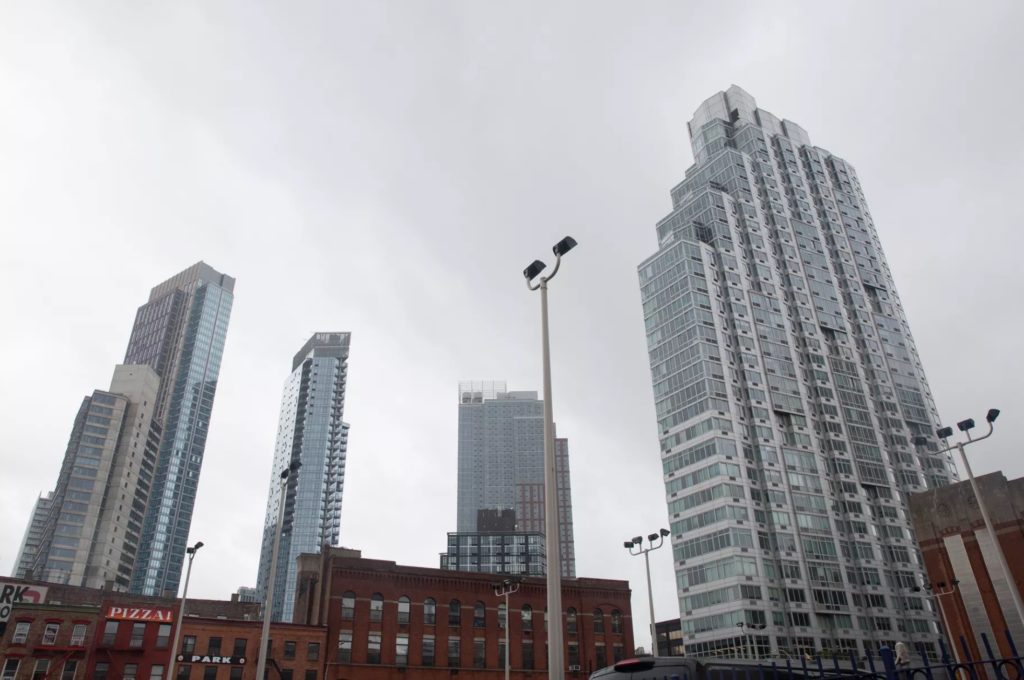Manhattan empties, Brooklyn hangs on as renters prioritize space, amenities over commute in pandemic economy
The residential vacancy rate in Manhattan has grown to an unprecedented 6 percent. But Brooklyn real estate has held fairly steady, proving the most resilient borough, new figures show.

 This story was originally published on Nov. 12 by THE CITY. Sign up here to get the latest stories from THE CITY delivered to you each morning.
This story was originally published on Nov. 12 by THE CITY. Sign up here to get the latest stories from THE CITY delivered to you each morning.
When the pandemic shut down New York City, new leasing at the residential buildings owned by Brooklyn-based Two Trees Management came to a screeching halt.
When the company reopened in July, nervous prospects initially did virtual tours, then came in person and, as they gained confidence, started to sign leases. A majority of new leases are now being signed by people moving from Manhattan.

Brooklyn Boro
View MoreNew York City’s most populous borough, Brooklyn, is home to nearly 2.6 million residents. If Brooklyn were an independent city it would be the fourth largest city in the United States. While Brooklyn has become the epitome of ‘cool and hip’ in recent years, for those that were born here, raised families here and improved communities over the years, Brooklyn has never been ‘uncool’.